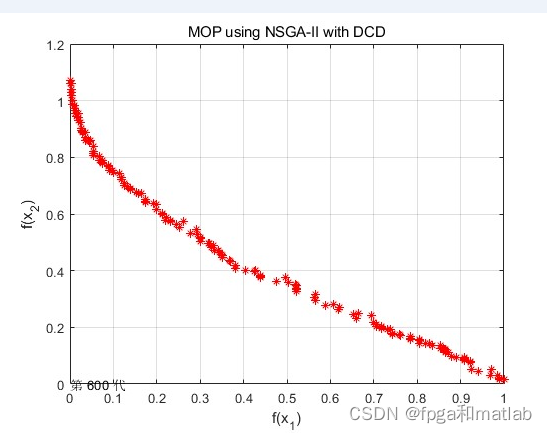LeetCode | Add Two Numbers
You are given two non-empty linked lists representing two non-negative integers. The digits are stored in reverse order and each of their nodes contain a single digit. Add the two numbers and return i
·
You are given two non-empty linked lists representing two non-negative integers. The digits are stored in reverse order and each of their nodes contain a single digit. Add the two numbers and return it as a linked list.
You may assume the two numbers do not contain any leading zero, except the number 0 itself.
Input: (2 -> 4 -> 3) + (5 -> 6 -> 4)
Output: 7 -> 0 -> 8
/**
* Definition for singly-linked list.
* struct ListNode {
* int val;
* ListNode *next;
* ListNode(int x) : val(x), next(NULL) {}
* };
* 类似大整数加法的实现
*/
class Solution {
public:
ListNode* addTwoNumbers(ListNode* l1, ListNode* l2) {
int carry = 0;
ListNode* res = new ListNode(0);
ListNode* it = res;
while(l1!=NULL || l2!=NULL)
{
int num1 = 0, num2 = 0;
if(l1 != NULL)
{
num1 = l1->val;
l1 = l1->next;
}
if(l2 != NULL){
num2 = l2->val;
l2 = l2->next;
}
int t = num1 + num2 + carry;
it->next = new ListNode(t % 10);
carry = t / 10;//进位
it = it->next;
}
while(carry > 0)
{
it->next = new ListNode(carry % 10);
carry /= 10;
}
return res->next;
}
};更多推荐
 已为社区贡献1条内容
已为社区贡献1条内容









所有评论(0)